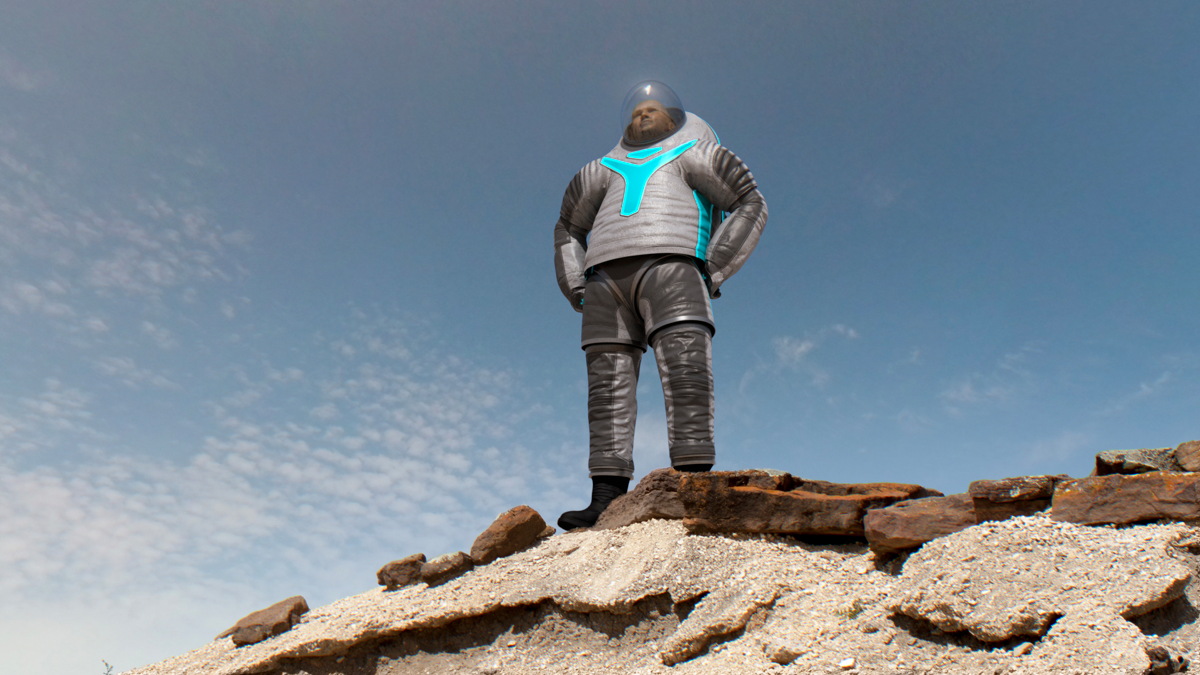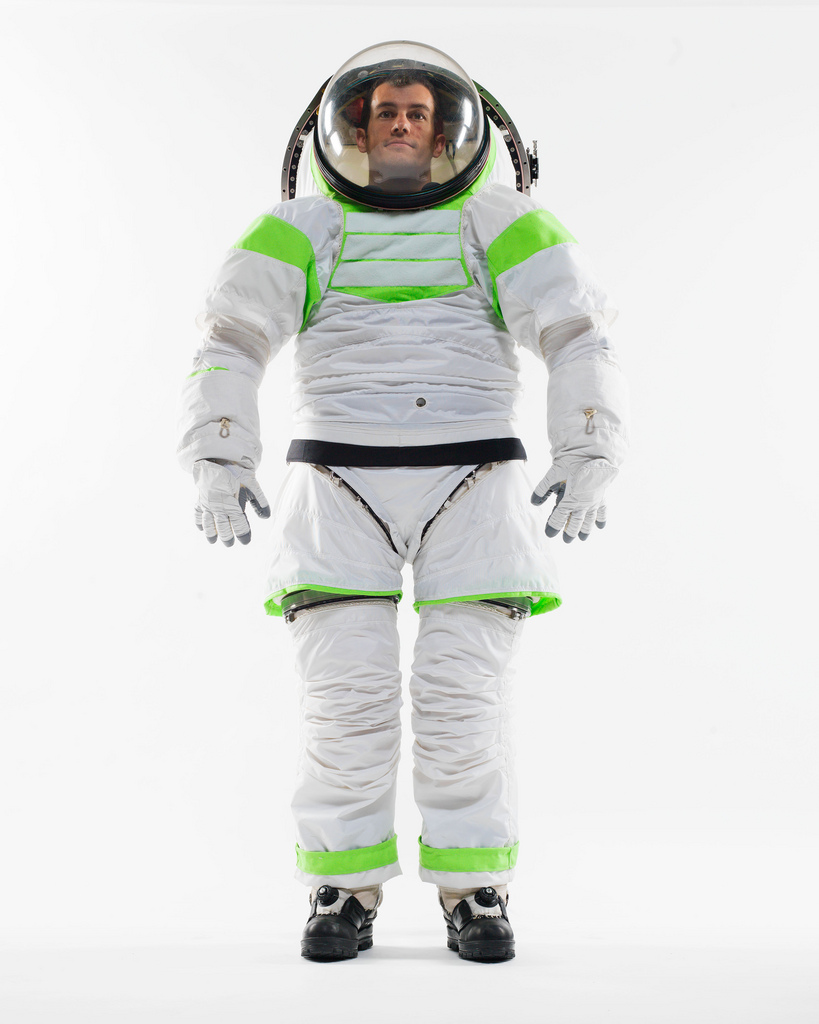
NASA is thinking hard about what the first boots to set foot on Mars will look like.
Getting astronauts to the Red Planet is the chief long-term goal of the agency's human spaceflight program, so NASA is developing many technologies to help make that happen. For instance, there's the Space Launch System mega-rocket, the Orion crew capsule and a new line of prototype spacesuits called the Z-series.
"We are heading for Mars; that's what is the end goal right now for the suit," said Phil Stampinato of ILC Dover, the Delaware-based company that won NASA contracts to design and build the first two iterations of the Z-series, the Z-1 and Z-2. [NASA's Z-2 Spacesuit in Pictures: Futuristic Astronaut Suit Design Photos]
"So, everything that's done to develop this suit is headed for a Mars mission, even if there is an asteroid mission or a lunar mission prior to that," Stampinato said during a presentation with NASA's Future In-Space Operations working group on June 4.
A new type of suit
NASA astronauts aboard the International Space Station currently don a bulky suit called the Extravehicular Mobility Unit (EMU) whenever they need to venture outside the orbiting lab. The EMU has performed well for decades, but its utility is pretty much limited to operations in microgravity.
"It's a very, very poor walking suit," NASA spacesuit engineer Amy Ross said in a video released by the space agency.
Get the Space.com Newsletter
Breaking space news, the latest updates on rocket launches, skywatching events and more!

The Z-series suits, on the other hand, are designed to be more flexible, with a wider variety of uses — including ambling about on Mars and other planetary bodies.
"We're trying to design [the new suit] to accommodate both improved microgravity EVA [extravehicular activity] capability as well as surface capability," Ross said.
For example, new bearings in the Z-1's shoulder, waist, hip, upper leg and ankles allow for increased leg movement and fine foot placement, she said.
The EMU has upper and lower portions, which wearers don separately and then link up at the waist. But astronauts crawl into the Z-series suits from the back, through a hatch.
"We think it's less prone to [causing] injury, especially shoulder injury," Ross said of the new entry design. "And then also, it provides support for some other exploration technology, like a suitport."
Suitports are an alternative to airlocks, potentially allowing astronauts to enter and exit habitat modules, rovers and other structures quickly and easily without bringing dust and other contaminants inside.
Suitport interface plates are being developed right along with the Z-series spacesuits, in case NASA decides to go with this technology for its manned Mars missions, Stampinato said.
"They're going to be suitport-compatible," he said.
A ways to go
ILC Dover delivered the Z-1 spacesuit to NASA in 2011, and it was named one of the best inventions of the year by Time magazine in 2012.
The Z-2, which should be ready for testing by November, is different from its predecessor in several key ways. For example, the Z-1's upper torso was soft, whereas the Z-2's is made of a hard composite, improving the suit's durability. The Z-2's boots are also closer to flight-ready, while the materials used for the newer suit are compatible with the conditions that exist in the vacuum of space, NASA officials said.
But that doesn't mean that astronauts will wear the Z-2 — or its successor, the Z-3, which is expected to be built by 2018 or so — to explore the surface of Mars. The suits are prototypes — testbeds that should help bring a bona fide Red Planet spacesuit closer to reality.
"Each iteration of the Z-series will advance new technologies that one day will be used in a suit worn by the first humans to step foot on the Red Planet," space agency officials wrote about the Z-2 in April, when announcing the results of a public competition to choose a design for the suit's protective outer layer. (The futuristic-looking "Technology" option won, giving the Z-2 a "Tron"-like new look.)
While spacesuit designers are focused on the future — NASA aims to get people to the vicinity of Mars by the mid-2030s — they're also looking to the past for inspiration. The Apollo astronauts, after all, accumulated many hours of experience on the surface of another world during six landed moon missions from 1969 to 1972.
"We've read through all the debrief comments; we've talked to the crewmembers multiple times," Ross said. "We are very aware of what they did like, didn't like, were capable of, weren't capable of. And so, we do take that into consideration."

Follow Mike Wall on Twitter @michaeldwall and Google+. Follow us @Spacedotcom, Facebook or Google+. Originally published on Space.com.
Join our Space Forums to keep talking space on the latest missions, night sky and more! And if you have a news tip, correction or comment, let us know at: community@space.com.

Michael Wall is a Senior Space Writer with Space.com and joined the team in 2010. He primarily covers exoplanets, spaceflight and military space, but has been known to dabble in the space art beat. His book about the search for alien life, "Out There," was published on Nov. 13, 2018. Before becoming a science writer, Michael worked as a herpetologist and wildlife biologist. He has a Ph.D. in evolutionary biology from the University of Sydney, Australia, a bachelor's degree from the University of Arizona, and a graduate certificate in science writing from the University of California, Santa Cruz. To find out what his latest project is, you can follow Michael on Twitter.









